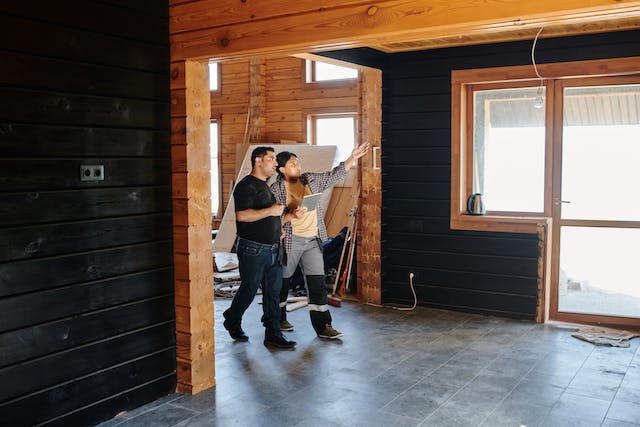
Sometimes, tenant improvements can help increase the value and utility of your property while raising the chances of your tenants sticking around for the long haul. However, it’s important to know exactly what you are in for when you make such big changes to your property. Our Long Island, NY real estate litigation lawyers can help you avoid some common mistakes and confusion.
Why Are Tenant Improvements Needed?
Tenant improvements can be needed simply because different tenants have different needs. When one tenant leaves and another decides to lease your commercial space, they may find that it is not quite set up for their business just yet. Investing in tenant improvements can make the space a better fit for the tenant. They could be inclined to stay there longer and renew their lease because the space is suited to their needs.
What Are Some Common Types of Tenant Improvements?
There are a few different types of tenant improvements that often end up going into commercial spaces. Some common upgrades include:
Electrical improvements: Every business needs electricity, but some are going to have more advanced energy needs than others. An office, for example, requires a Wi-Fi network, plenty of computers, and other devices that can suck up power. A tenant will want to make sure that their property can handle such things.
HVAC upgrades: HVAC systems and components continue to improve. A landlord could put in a new, more efficient system that saves energy and money. Such additions can also improve air quality.
Plumbing and fixture upgrades: If the tenant moving into your space is a restaurant, they need sinks, bathrooms, and other updates that are going to require a plumber’s help. They could also need a contractor’s assistance to make bathrooms accessible to all customers in accordance with the Americans With Disabilities Act.
How Are These Projects Handled and Who Pays For Them?
There are a few ways to take on these projects and decide who pays for improvements. The kind of strategy entered into also helps determine how involved in the process tenants and landlords are. Common arrangements include:
Rent discounts: The tenant gets to oversee renovations and controls the project while paying less rent to the landlord. This can help ensure that the project meets the tenant’s standards and there is less chance of cost overruns.
Tenant improvement allowance: A landlord gives the tenant a set amount of money to pay for upgrades, and the tenant oversees the project.
Turnkey: The landlord oversees the improvements. Tenants can request customizations, but they have more limited input overall.
As for who owns the improvements, this is why your contracts are important. You must account for tenant improvements in any written agreement and be clear about who owns what.
Contact Our Real Estate Lawyers
Before you undertake any major project on your property, talk to an experienced lawyer about the ramifications and potential legal pitfalls you could encounter. Contact David A. Gallo & Associates, LLP and ask to schedule a consultation today. We can help you with any of your commercial real estate questions,



